Affiliate links on Android Authority may earn us a commission. Learn more.
Products in peril: Amazon is downsizing its hardware projects
Published onAugust 27, 2015
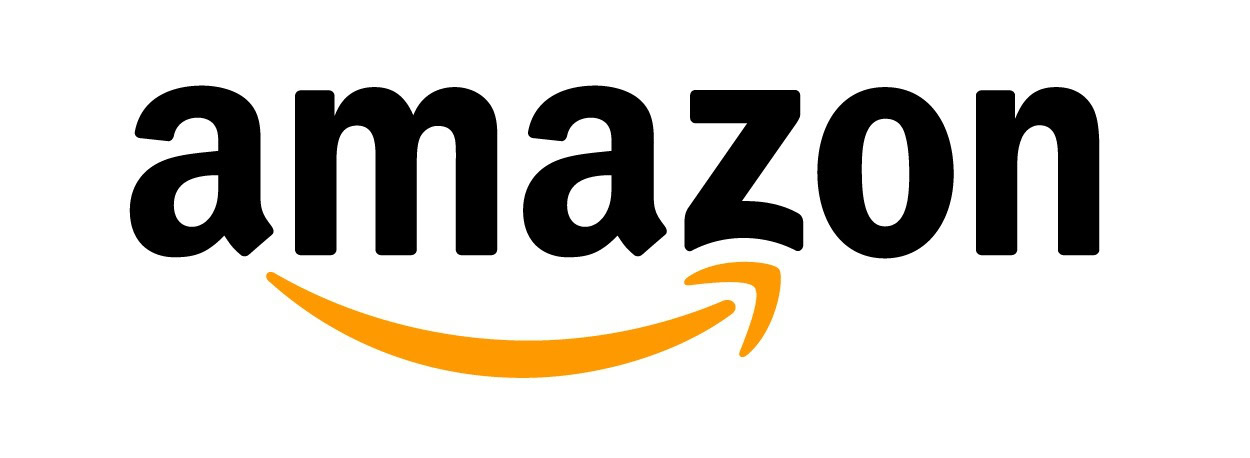
Amazon is a company that seemingly defies any and all expectations of what one might consider to be “status quo”. From its origins as an online bookstore to expansion into retail shopping-at large to media to consumer devices to web development, Jeff Bezos’ brand has become one of the most well known, most respected in the world. Perhaps no other company in existence could actually continue to garner investment revenue despite the atypical fact it rarely earns a profit. For better or worse, however, it seems that the superfluous spending on consumer devices has come to an end, according to a new report in The Wall Street Journal.
As Amazon has expanded however, not only have the costs risen, but so too the stakes. When the Kindle first launched years ago, the eBook reader market was basically empty save for a few Sony products. As time progressed, everyone from rival retailer Barnes & Noble to then-newcomer Kobo has tried to get in on the action. The Kindle begot the Kindle Fire, a tablet, and last year, a smartphone too, the Amazon Fire Phone. Other products have been created as well, everything from a streaming media device to a wireless voice assistant:
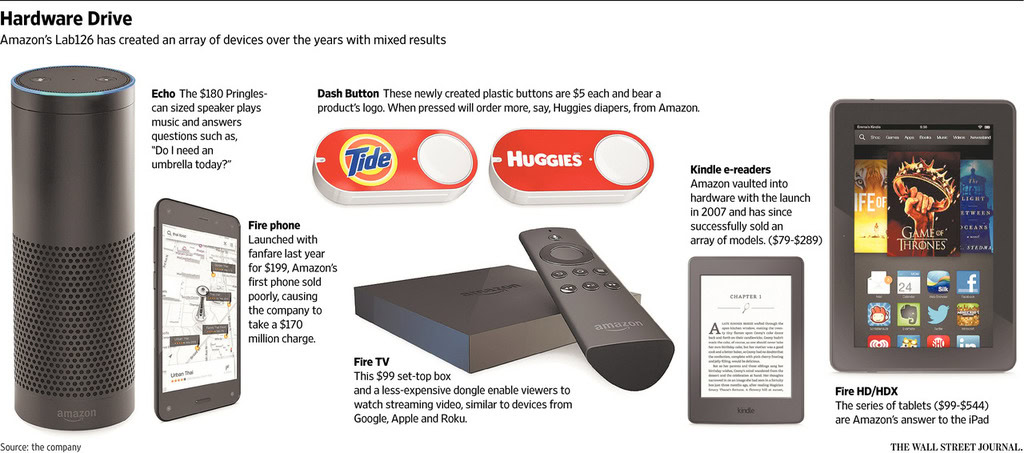
While Amazon itself has yet to confirm anything, The Wall Street Journal is reporting that “in recent weeks Amazon has dismissed dozens of engineers who worked on its Fire phone at Lab126, its secretive hardware-development center in Silicon Valley, according to people familiar with the matter.”
While many companies have been downsizing as of late, with Amazon in particular the matter takes on a more severe overtone given that “the layoffs were the first in the division’s 11-year history, these people said. But the precise toll on its roughly 3,000-person staff couldn’t be learned, in part because Amazon typically requires employees to sign a nondisclosure agreement in exchange for severance payments.”
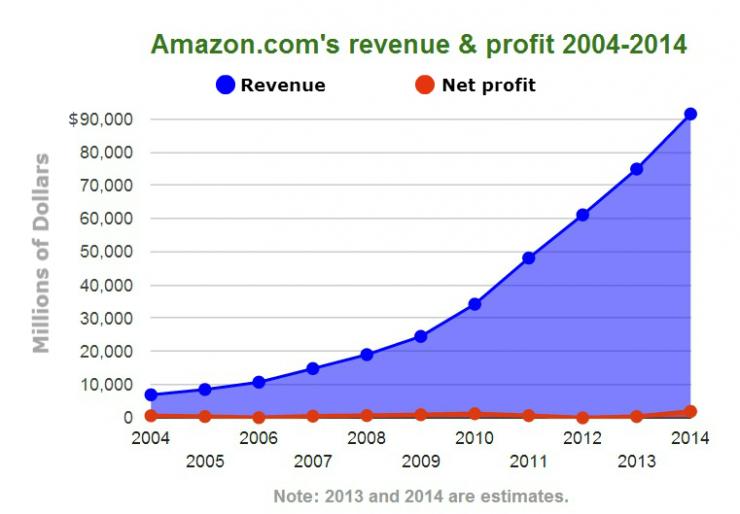
As if that wasn’t bad enough, “the company also has scaled back or halted some of Lab126’s more ambitious projects—including a large-screen tablet—and reorganized the division, combining two hardware units there into one, people familiar with the matter said.” Clearly the issue is not just one of seeking to keep costs down, but also limiting any potential fall-out from possible failures in the future.
Phone home?
While the general public might have a very positive impression of Amazon, and indeed see it as a legitimate contender in the gadget universe, the more tech-savvy tend to approach it with a much more skeptical, cynical eye. The Fire Phone, for example, was panned almost across-the-board even before it was officially announced, and then once the final details were laid bare, its fate was basically sealed.
The decision to release it at such a high cost, and limit the product to AT&T at that, was a questionable move that resulted in a very costly financial follow-up. This attempt to parallel the origins of the iPhone simply didn’t work, and even as recent as today, Amazon was still trying to liquidate the surplus inventory. Inventory for a product released over a year ago at that.

Arguably the Fire Phone is what sealed Amazon’s consumer development fate. Jeff Bezos had previously indicated that it would take several generations of the device before a verdict could be reached as to its success. The current fate is unclear, especially because “the company told some smartphone engineers earlier this year that further phone development would be shelved, though one of the people said Amazon has shifted the effort to its hometown of Seattle.” At the very least, we are unlikely to see anything in the near future.
Good for Google
If there is anyone who immediately benefits from the potential shutdown -or at the very least, slowdown- of Amazon’s consumer division, it is Google. In many ways, Bezos and Company have been seen as the largest potential rival for Mountain View, in large part due to the sheer size and number of customers it has. Whereas a company like Facebook has yet to release an internally produced product (the upcoming Oculus Rift is the result of an acquisition and the failed “Facebook phone” was an HTCproduced product), Amazon has numerous ones already out there.
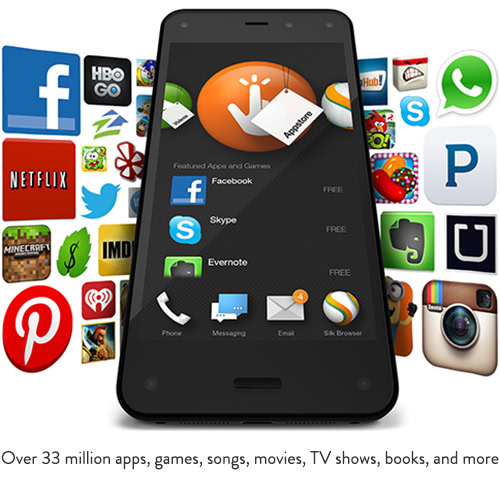
The Kindle Fire tablet series, and the Amazon Fire Phone, were in many ways, seen as an affront to Google. Indeed the devices all used Android, but contained a heavy handed skin and did not include the framework necessary for Google to take advantage of metadata. Specifically, Google Play Services, and all related Google content, was stripped from the Fire OS. As Android is open source, this all perfectly legal and sanctioned; indeed anyone can modify the Android Open Source Project just as they can Linux, on which Android is based.
While Amazon was never one to talk the talk on numbering numbers, it can be assumed that enough consumers were buying its tablets to warrant the various iterations over the years. Likewise the high specs on many of them, combined with a very child-friendly approach, in some cases 24-7 free customer support, and a solid build meant that those looking for a family tablet may have immediately considered an Amazon product, all the more if they regularly shopped at the online giant and had a Prime account.
Unfortunately so long as the Amazon Appstore exists, Google will still continue to – theoretically – have some negative effects, though without a plethora of new devices to make exclusive use of it, the effect – however strong it may be – will be more contained than it is currently.
A word of warning
In considering the larger picture, news of Amazon’s decision might also be a potential word of warning for other companies and OEMs alike eager to try and diversify their product lines. Companies like HTC, already deep in financial plight, might want to reconsider future ventures like another re: action camera, and it’s extremely doubtful there will be an HTCSecond. If a company like Amazon has had to rethink its consumer product catalog, what hope does a smaller player have?
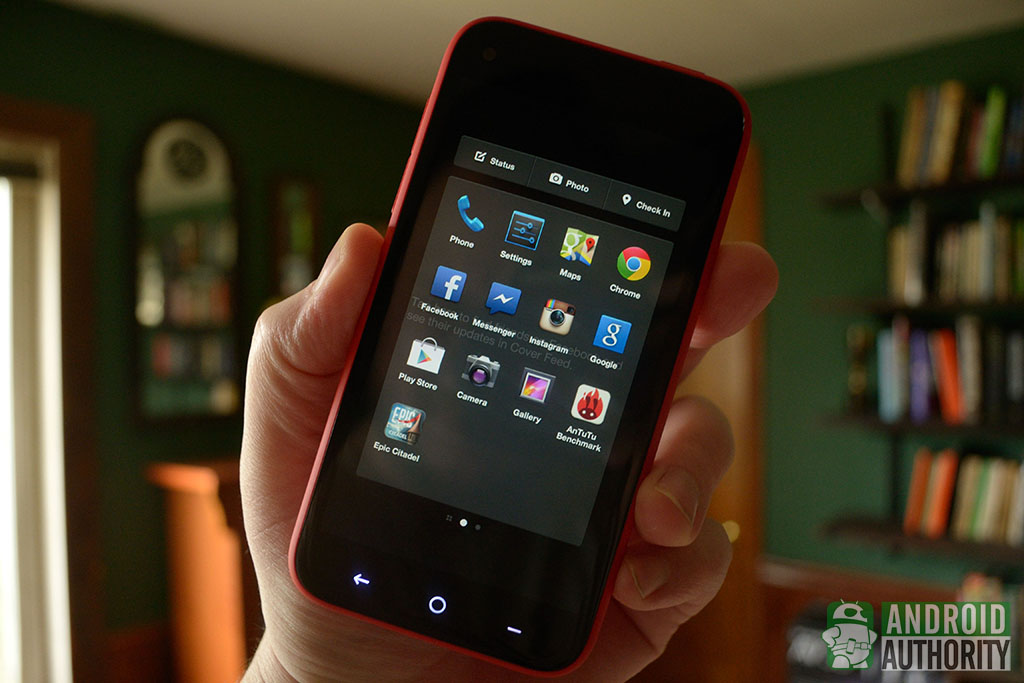
Perhaps more importantly though, the larger lesson to be learned is that it’s price that is ultimately going to sell products in this day and age. One of the major keys to Amazon’s success had always been the price point, namely that it sells things for less than the in-store price. These things are finished products of which Amazon faces very little exposure to: after the return window ends, the manufacturer is responsible for basically everything.
With Amazon-produced products however, services like Mayday were included. Mayday, which came as no extra cost to consumers, required the employment of untold numbers of customer service staff who would be on call, 24-7, to handle any and every question, concern, or grievance from users. In theory it’s a great idea, but it’s also a very costly one for a business to run.
These factors, along with development costs, are seemingly a large basis for which Amazon chose to price its products at relatively high points.
Wrap-up

Amazon, in a sense, tried to come full circle in its business practices. The company, which began as a retailer of consumer products (books) and gradually shifted its main business to web services, sought to turn back on itself and create the very consumer products it began by selling. According to The Wall Street Journal, this process is going to be severely curtailed going forward, and thus we expect to see a more lean, more refined line of offerings in the future.
Does this mean Amazon will discontinue making electronics? Even assuming the report is 100% accurate, the answer is likely no. As long as Amazon keeps Lab126’s doors open, it will inevitably continue to create. As long as Amazon has a vision, and as long as it perceives a need, it will manufacture and sell. The only difference perhaps, is to what extent that might be, and to what market the devices are targeting.
It will be particularly interesting to see what happens in the coming weeks, given that this is usually the time when Amazon announces its new product refreshes. Could the Echo be the last major product of 2015, or will it be joined by some new tablets and Kindles?
We would love to hear your thoughts on this matter. Is Amazon’s current fate warranted? Have you owned any Amazon consumer products before? Please leave your comments below!